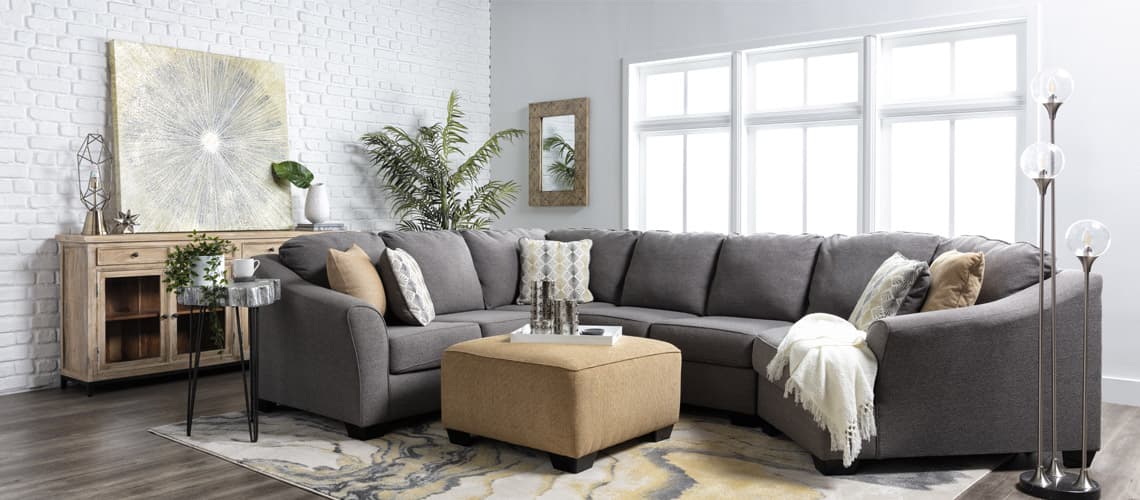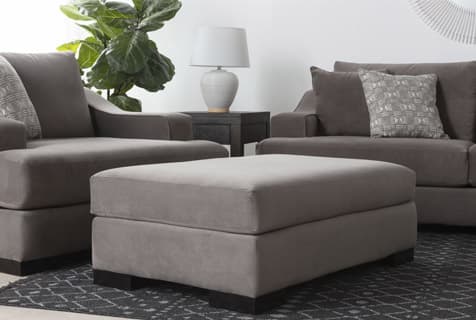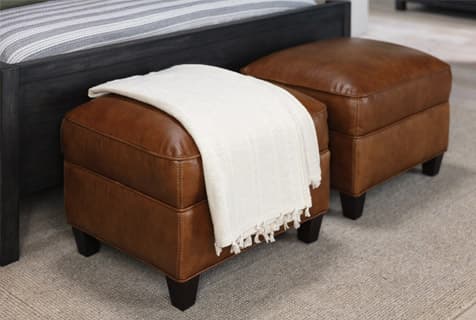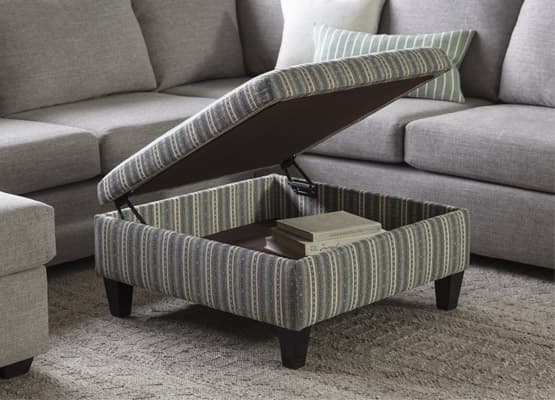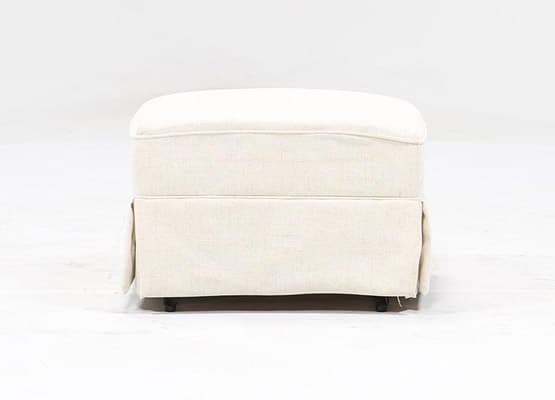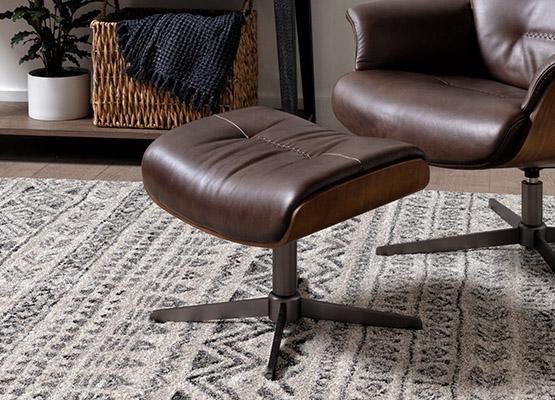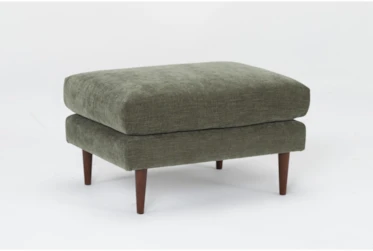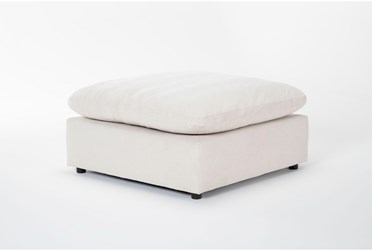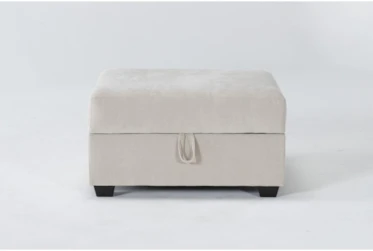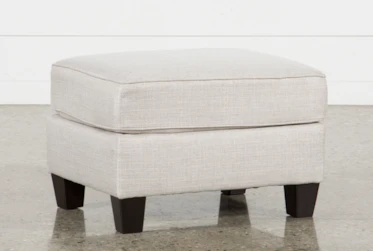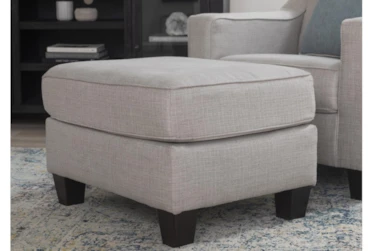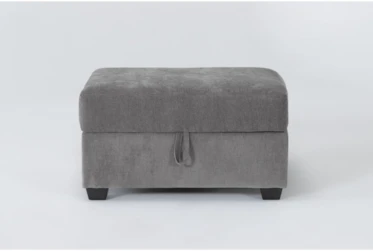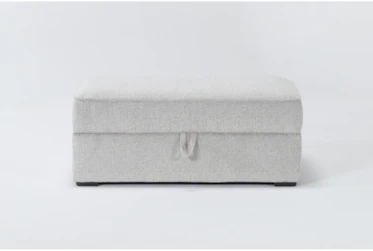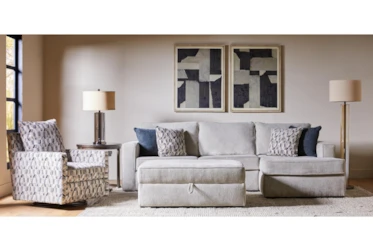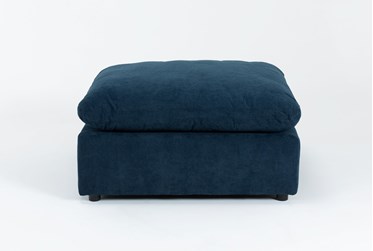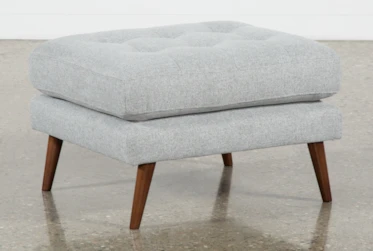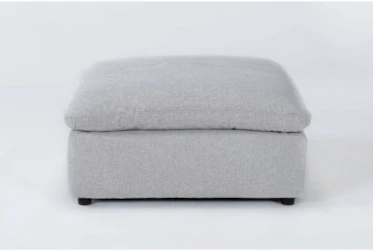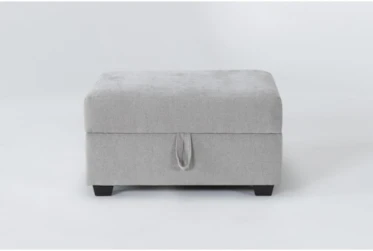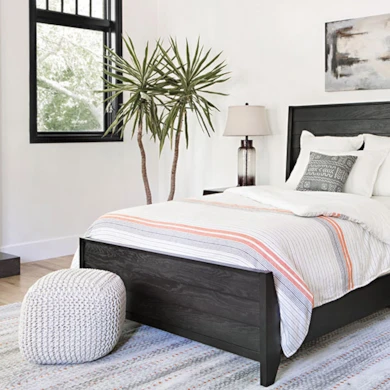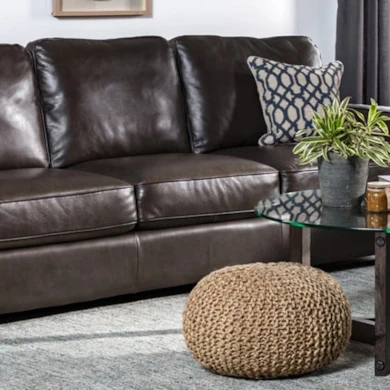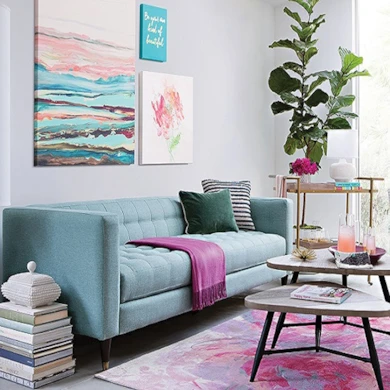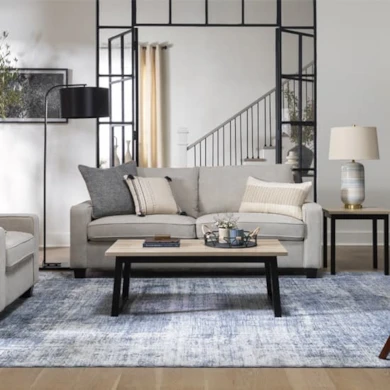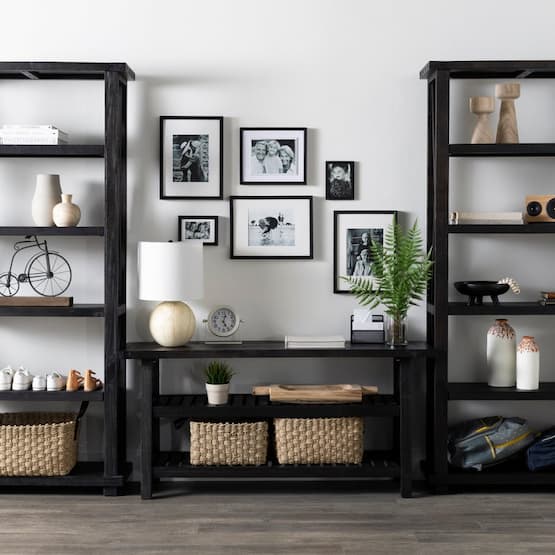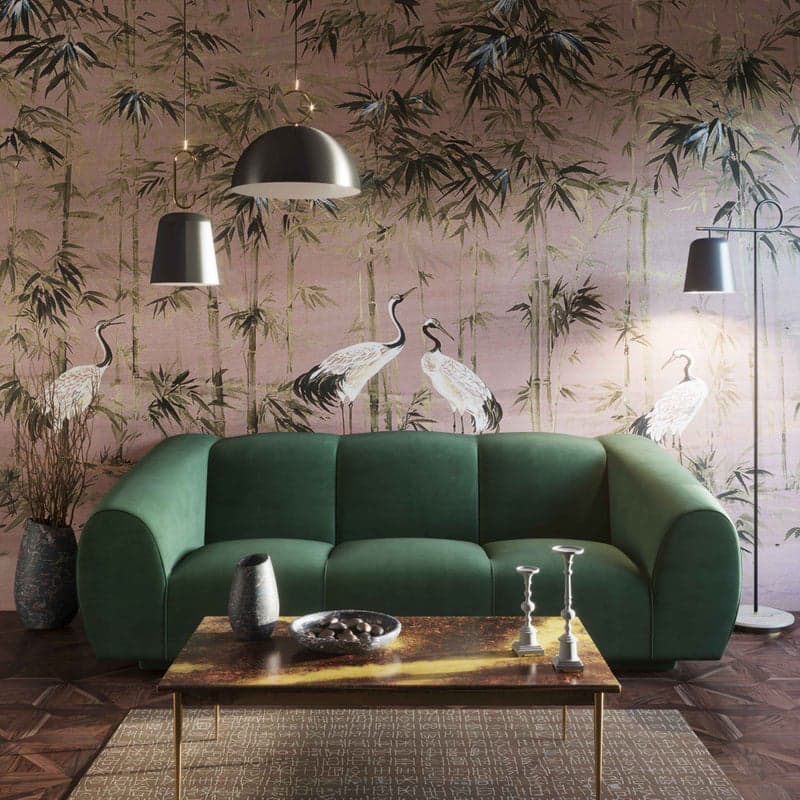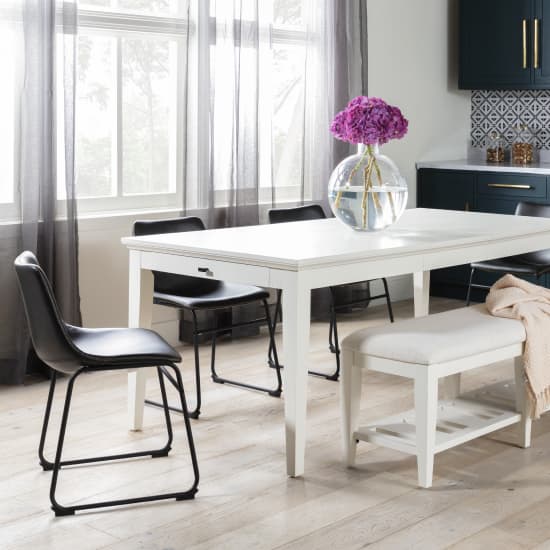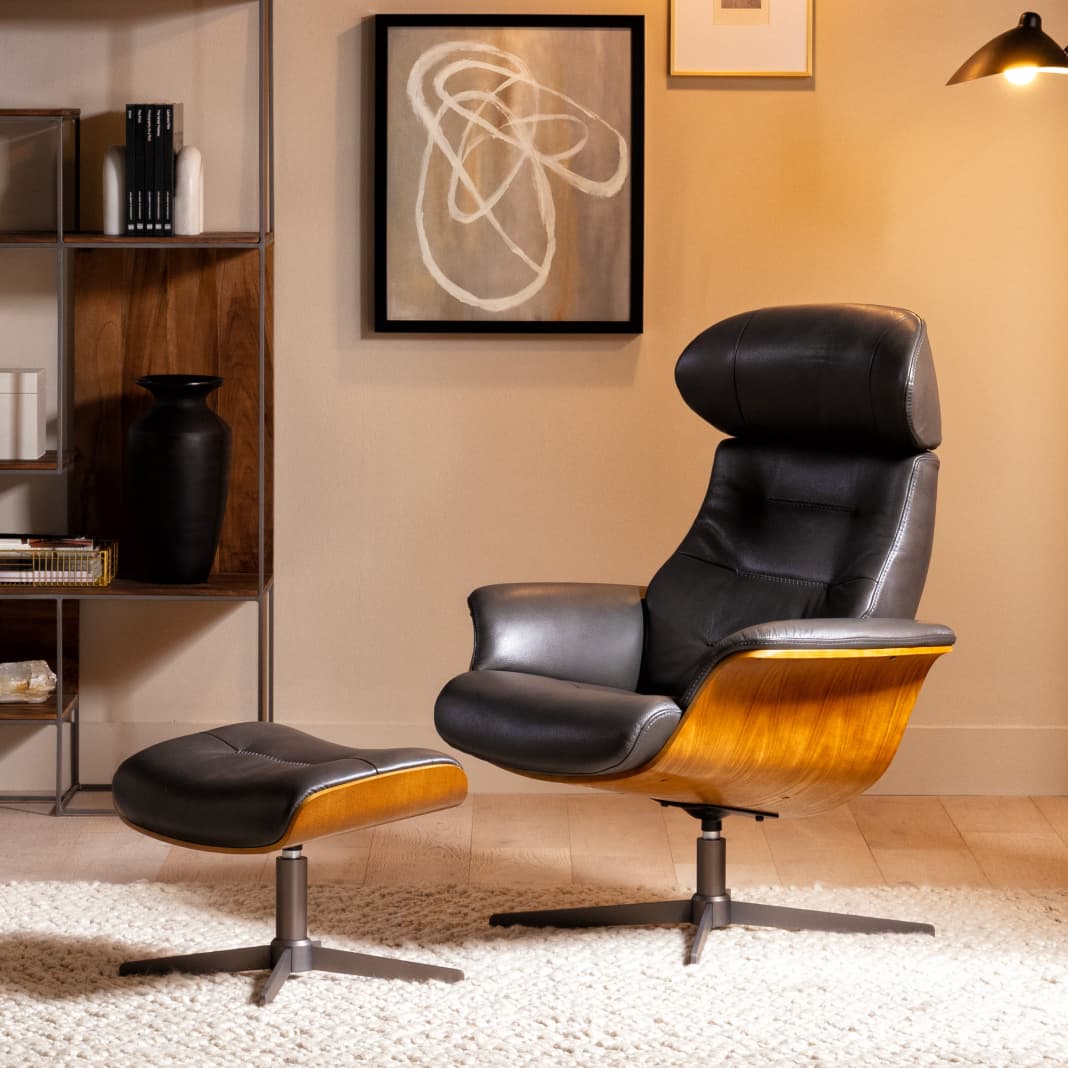What Is an Ottoman? A Guide
What Is an Ottoman?
It helps to know exactly what you’re looking for as you shop for a new piece of furniture for your home. So, what counts as an ottoman? If it looks like a seat with no arms and no backrest, with a padded cushion on top of a solid frame, it’s likely an ottoman. In most cases, you’ll want to put your new ottoman in front of a couch or comfortable chair so your guests can put their feet up as they sit.
However, ottomans tend to be built to withstand the weight of someone sitting on them, which means they can also work as extra seating in your home. Additionally, an ottoman with a firm surface can act as a coffee table that is stable enough to hold food, drinks and remote controls. Some even open up – providing instant storage for your family or living room!
How Ottomans Have Evolved Over Time
Ottomans are originally from Turkey, also called the Ottoman Empire in the 1700s – and are where this piece of furniture got its name. At the time, ottomans were typically used as seating, since they had lots of cushions piled on top and often spanned a whole wall where people were relaxing. Over time, the Turkish people created a smaller version that could fit in the corner of most rooms.
When the French invaded the Ottoman Empire, they noticed that this small piece of furniture was comfortable as a footrest, so they brought the idea back home. Since then, ottomans have become popular around the world, not just as footrests and seating, but also as tables and storage solutions.
How to Decorate an Ottoman
No matter what pieces you choose to place on your ottoman, a tray is the best way to hold it all together. From rectangular trays to round trays to wood, metal, wicker and every other material you can think of trays, the storage options are limitless. Use a tray to display figurines, books, decorative boxes, magazines, vases and other ottoman décor favorites!
What Is a Cocktail Ottoman?
A cocktail ottoman is a larger ottoman designed to serve as a coffee table during parties. Its surface is flat to place trays with appetizers and other finger foods, and its base is usually made up of four short legs. Despite the name (“cocktail” referring to cocktail parties!), these designs can be used for any occasion and as permanent pieces in the home.
Ottoman Size Guide
Before buying an ottoman, it’s important to understand how dimensions can affect the look and feel of a space. The easiest way to compare a potential purchase to your current living room is to measure it against the length of your sofa – a rule of thumb is that an ottoman should be no less than half the length of the sofa. Keeping to this chart will ensure that your living room feels proportionate (i.e., the sofa doesn’t swallow up the ottoman or vice versa)!
| Sofa Size | 50" | 60" | 70" | 80" |
| Suggested (Minimum) Ottoman Size |
25" | 30" | 35" | 40" |
Types of Ottomans
Ottoman Coffee Table:
This type of ottoman is firm, with a flat surface—with no buttons or tufting—so as not to spill anything you put on it. It can be any shape, and it’s likely to be made with microfiber, leather or chenille materials. These ottomans are spacious and flat enough to double as a coffee table in any room.
Storage Ottoman:
If you want a clever spot to store your blankets and pillows in the family room, consider a storage ottoman. This is usually square or rectangular, with a lid that either swing open on hinges, or can be lifted off completely. Some storage ottomans even have drawers for smaller items, like TV remotes. These fit most living rooms, with plenty of space for magazines, throws and more.
Glider Ottoman:
If you have a glider or rocking chair, you need a glider ottoman to go with it for a comfortable, gliding footrest. You can put this in a nursery, family room or any part of the house where you need a footrest that moves with you as you rock or glide. Most glider ottomans are square, with material that matches nearly any gliding seat. For a good example of a gliding ottoman that would look nice in nearly any room, opt for a set (chair with ottoman).
Tufted Ottoman:
If you want an ottoman that looks nice enough to match an elegant room, look for one that’s tufted. This design is not only attractive but also comfortable, with plenty of cushioning for your feet as you rest them.
Now that you have some idea of which ottoman will suit your needs, you’re ready to start shopping. Browse the ottomans at Living Spaces today and let us know if you have any questions!
Ottoman Ideas for Living Room
The best ottoman décor ideas will make use of an ottoman’s natural comfort and size. Whereas side tables and end tables are hard (wood, metal, etc.), ottomans have a plush surface made of fabric – so any and all elements are naturally softened and texturized. In a living room, try an ottoman as a coffee table: place a tray with vase, a tray with candleholder or a coffee table book. If you want to speak to the plush/fabric/seating elements of an ottoman (as opposed to a table function), layer on a throw blanket over the side of an ottoman, contrasting colors and textures for style.
Ottomans, of course, don’t have to be either coffee table or seat – there is another way to use them in the living room, which is by way of your entertainment center! Placing an ottoman directly adjacent to a TV stand or entertainment center can help create a ledge of sorts; since most entertainment centers and TV stands contain storage and functions low to the ground, an ottoman to hold or perch on as you adjust a gaming console or speaker can make for an easier setup.
Finally, consider unusual objects for ottoman décor: planters, decorative boxes, or bowls of things you’ve collected over the years (if your style is coastal, try shells, sea glass or sand)! Since ottomans do have a soft surface, just make sure to contain objects with a tray for a more durable surface less prone to wobbling!Featured Products
— More Great Articles —
Related Categories
Read the Latest
Editorial Disclaimer: Articles featuring tips and advice are intended for educational purposes and only as general recommendations. Always practice personal discretion when using and caring for furniture, decor and related items.
